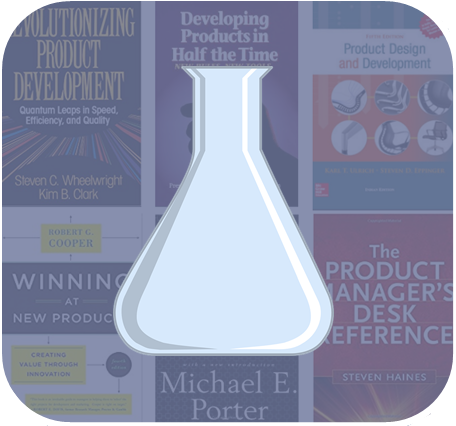First, a very simple primer on design thinking.
- Find opportunities to add value using empathy. Understand the consumer.
- Identify solutions. Be creative.
- Test your solutions. Refine them. Iterate constantly.
- Implement and continue learning
Design thinking is different than, say, the scientific method.
The scientific method is a lot more about testing a hypothesis and running experiments with controlled variables.
Design thinking does not begin with a hypothesis; it begins with a problem space. It creates a solution where one did not exist before. It depends upon insights into human behavior. The process is less linear and less about controlled variables and more about overlapping and iterative loops of diverging and converging thinking. It’s infused with creativity.
Here is how the author Tim Brown of IDEO defines Design Thinking:
“Design thinking can be described as a discipline that uses the designer’s sensibility and methods to match people’s needs with what is technologically feasible and what a viable business strategy can convert into customer value and market opportunity.”
And here’s another good one from Brown:
“The evolution from Design to Design Thinking is the story of the evolution from the creation of products to the analysis of the relationship between people and products, and from there to the relationship between people and people.”
